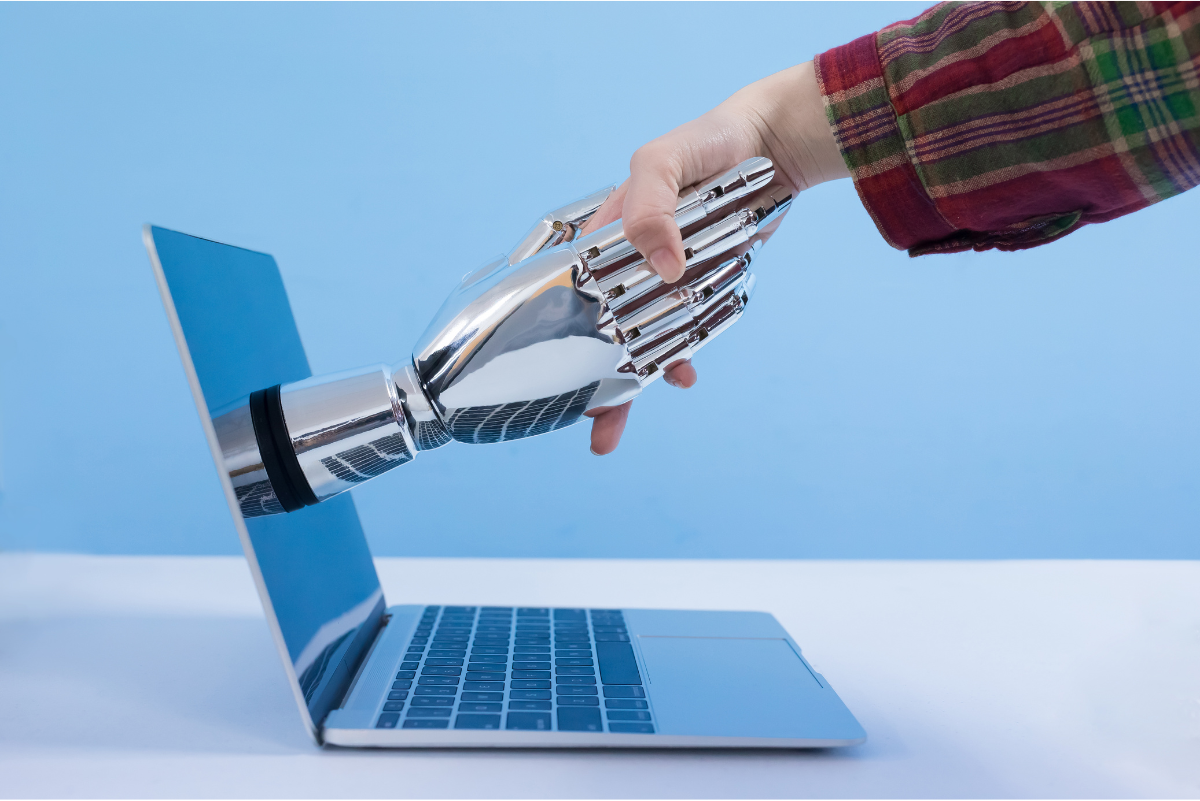AI will not replace the Supply Chain Planner (However, they will cooperate)
This article was originally published in the Dutch version of Supply Chain Movement magazine.
The promises and possibilities of Artificial Intelligence (AI) are endless. The term ‘AI’ includes various techniques, such as deep learning, machine learning, and prescriptive analytics. The various AI techniques can be used for specific tasks. For example, machine learning is used in the medical world to detect diseases through pattern recognition. Deep Learning technology is used to develop Large Language Models (LLM), such as ChatGPT. Prescriptive analytics is used for optimization, for example in supply chain network design.
Since ChatGPT has shown the public how wonderful LLM can be, how naturally they can communicate, how fast data can be processed, and how much value they can already add to business use, the use cases and opportunities for optimization across all business is vast.
Praise and caution
How much danger does AI actually pose? Certainly, the idea that technology can improve itself is a development received with great praise and caution. Take, for example, an IQ test that has shown that ChatGPT4, with a score of 155, measures a higher IQ than 99.9% of the people who also took the test. If computers are smarter than people and can also learn to improve themselves over time, where will this lead to? Can AI take over certain jobs?
And then the potential, or danger, suddenly hits closer to home, because there is a role for types of AI within the supply chain, especially within planning and optimization.
What exactly are the supply chain roles for AI?
This is a question that many supply chain professionals have asked, as became clear from the great interest in our webinar ‘How ChatGPT will revolutionize Supply Chain Design’. During this webinar, a prototype of SENSAI was shown, an application of LLM in network design, followed by a call for test users to sign up for the Beta program. This group of test users is currently training SENSAI, an AI supply chain assistant, to improve its output.
It quickly became clear that SENSAI can be used very effectively as a translator between humans and machines. SENSAI ensures that you can communicate with a software system in ‘normal’ human language, by typing a question or a command, instead of carrying out all the actions yourself.
And, one step further, a supply chain planner can communicate with an AI assistant to jointly determine what adjustments to the network are needed to address weaknesses, risk mitigation, or improve the resilience of a supply chain network by being able to act proactively on trends and disruptions.
The above examples are in use today, but the last one, where a supply chain planner can communicate with an AI assistant to make the right decisions, represents a future where technology and human expertise merge, together delivering unparalleled strategic planning and execution.
Say goodbye to spreadsheets
Back to the potential of danger: Can AI take over the tasks of the supply chain planner? No.
AI lacks context that cannot be extracted from data, has no human memory, and struggles to make connections from different fields of expertise. Can the supply chain planner do without AI in the future? No, because the potential for proactive collaboration is too great.
What will this future look like? AI eliminates the need to labor through spreadsheets, interpreting data, and acts as a supply chain partner to thoroughly calculate every possibility. And AI does not sleep, so it can work around the clock to find optimal solutions. These activities allow supply chain planners to spend more time making informed, strategic decisions.
With the repetitive tasks in the ‘hands’ of AI, there is room for creative problem-solving. It allows planners to explore innovative solutions. A world where technology manages routine tasks is a world where supply chain planners have the freedom to think outside the box and experiment with new, innovative supply chain management strategies.
Human expertise remains a key essential
However, the use of AI also brings challenges and ethical considerations.
- Attention must be paid to issues such as data security and bias in AI models. And here human expertise plays a major role.
- AI lacks the context of the bigger picture, of other issues that play a role within a company, and of knowledge accumulated through skill and experience, a typical human quality that cannot simply be captured in algorithms and models.
In short, integrating AI into supply chain planning offers substantial benefits for increasing efficiency, but cannot flourish without the input of human expertise. The balance lies in embracing AI and deploying it on the right tasks thus achieving better performance together.





